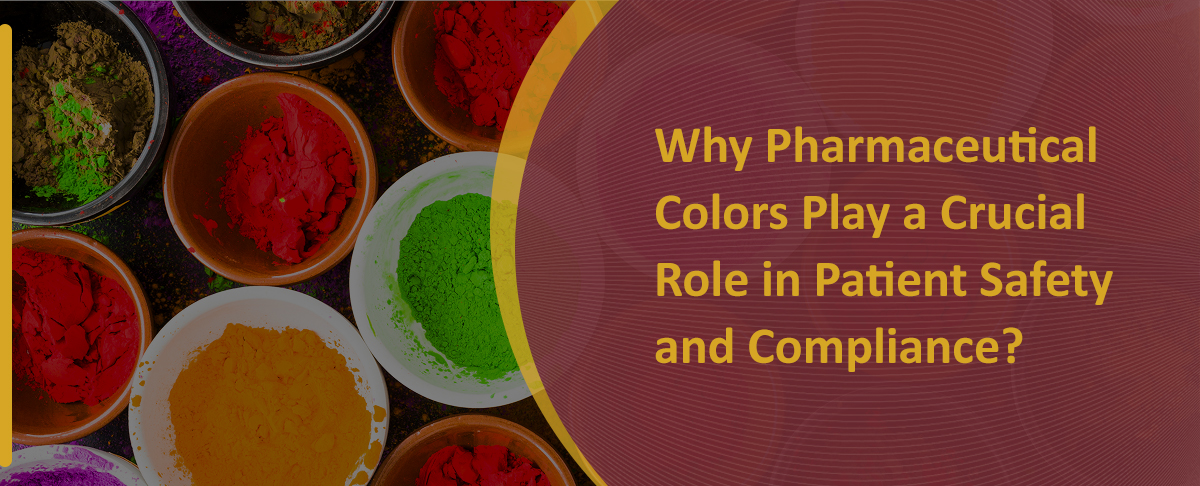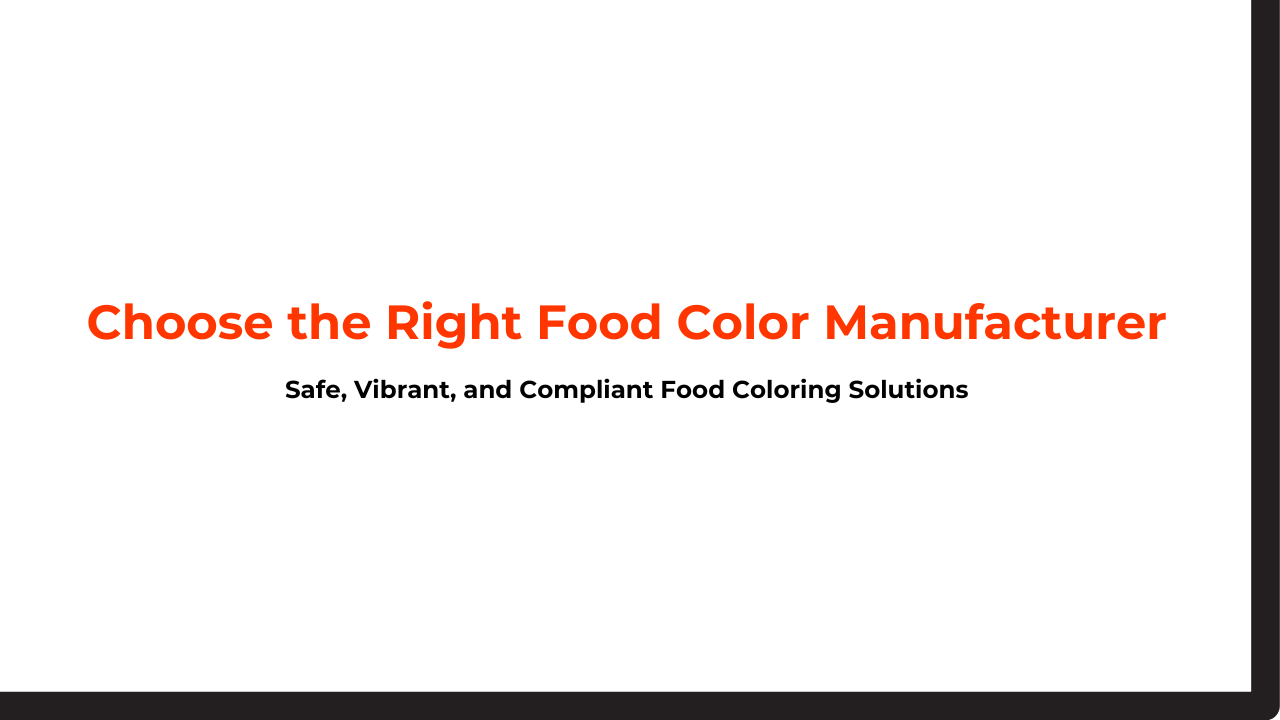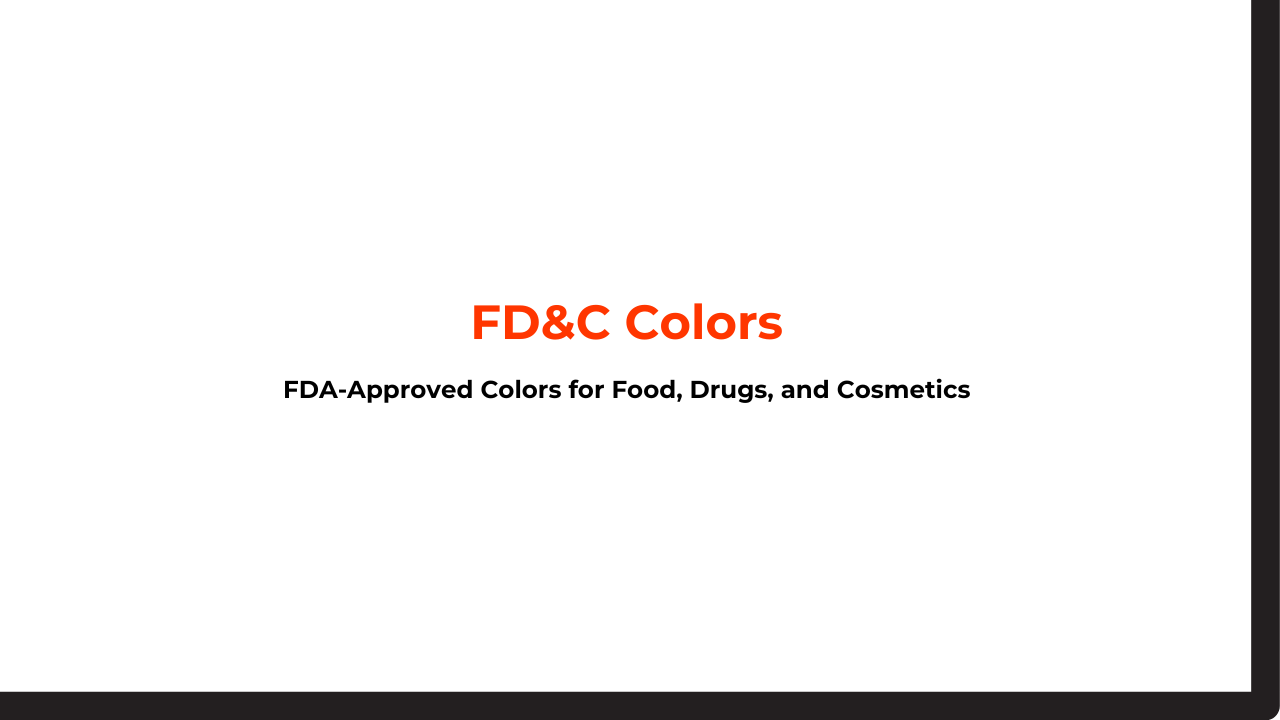Artificial colors are food additives that impart color to enhance the visual appearance of food products. They are obtained from complex hydrocarbons, nitrogen, and sulfur ions through synthetic processes in a laboratory. Artificial colors are more durable, stable, and economical, and offer a comprehensive range of vivid, bright colors.
Artificial colors are available in different forms, including liquid, liquid-gel, gel-paste, powder, and oil-based. Unlike other cosmetic ingredients, such as cosmetic color dyes and pigments, the FDA must cert and approve color additives before being used in consumer products under the Food, Drug, and Cosmetic (FD&C) Act.
The increasing importance of natural dyes or coloring additives in food and cosmetic products is a concern in light of the trend toward natural additives. Colors marketed as “natural” are not subjected to safety or quality checks before being put on the market, despite meeting purity standards and limitations on their use.
If you are wondering about synthetic dyes or artificial colors and their uses and benefits, continue reading this blog.
So, without further ado, let’s start with the basics!
What Are Artificial Colors?
Artificial colors are man-made food colors or color additives that enhance the aesthetic appearance of food products, making them more appealing and attractive to consumers. Artificial colors or coloring agents are also certified colors approved and permitted by the U.S. Food and Drug Administration (FDA).
Artificial colors are widespread for various applications, including a wide range of products available on the market today. Synthetic colors are present in nearly everything, from nail polish to medications, toothpaste, and food products.
Our clothes, shoes, bed linens, and carpets contain artificial or cosmetic colors that enhance their appeal.
Understanding Artificial Colors
Artificial colors are generally a combination of seven artificial dyes, including Blue 1, Green 3, Blue 2, Red 3, Red 40, Yellow 6, and Yellow 5, which have been certified and approved by food authorities and regulatory bodies.
Therefore, manufacturers can combine specific colors to create cosmetic pigments tailored to their preferences. Different food dyes are combined to produce artificial colors.
Popular Artificial Colors
The following are some popular artificial colors, including but not limited to:
1. Allura Red AC: Allura Red AC, also known as Red 40, is a synthetic red dye derived from crude oil and petroleum, and is often used in processed foods, produce, and cosmetics.
2. Yellow 6: Yellow 6, also known as Sunset Yellow FCF, is a petroleum-based orange azo dye commonly used in candy, beverages, and baked goods. It is labeled as Yellow 6 in the United States, while it is listed as E 110 in Europe.
3. Blue 1: Researchers have found that Blue 1 may cause chromosomal damage and regulate hyperactivity and neurodevelopment.
4. FD&C Yellow 5: Some people have been reported to develop asthma symptoms or atopic dermatitis when exposed to tartrazine. Natural colors, such as those derived from nitrogen, sulfur, and hydrocarbons, can be produced in a wide range of colors through more economical and stable artificial means.
Uses of Artificial Colors
Artificial colors, also known as color additives or food dyes, are used to color various products. Several rules are in place to regulate the use of artificial colors in food, including the types of foods they can be used in, their maximum amount, and the identifying qualities they must have on food labels.
Several health problems have been linked to artificial colors, including allergies, cancer, ADHD, confusion, eczema, frustration, hyperactivity, itching, mood swings, and sleep disruptions. Many experts believe that synthetic organic dyes can pose a threat to human and animal health by polluting aquatic ecosystems.
There are a variety of uses for artificial colors, including but not limited to:
1. Food: Food coloring improves natural colors, helps identify flavors, and provides color to colorless foods. Purple, for instance, is used for yellow for lemon and grape flavors.
2. Medications: To provide color to medications.
3. Cosmetics: To make cosmetic products more appealing and attractive to consumers.
4. Toothpaste: Add color to toothpaste.
5. Shoes: To impart color to shoes.
6. Carpets: To provide color to carpets.
7. Bed linens: To give color to bed linens.
8. Clothes: To provide color to clothes.
9. Hair dyes: To make hair more appealing to consumers.
Conclusion
The bottom line is that artificial colors are beneficial because they are widely used in various applications, including food, drugs, cosmetics, textiles, printing, plastic, and more. The FDA regulates the use of artificial colors to ensure safety concerns and product efficacy.
If you are a business or individual professional searching for the best-in-class artificial colors that add value to your business, look no further than Hridhan Chem. Hridhan Chem is a reputable artificial (synthetic) color manufacturer and exporter that produces premium-quality dyes and pigments tailored to your unique business needs.
FAQs
Artificial colors, also known as synthetic food dyes, are mentioned below:




